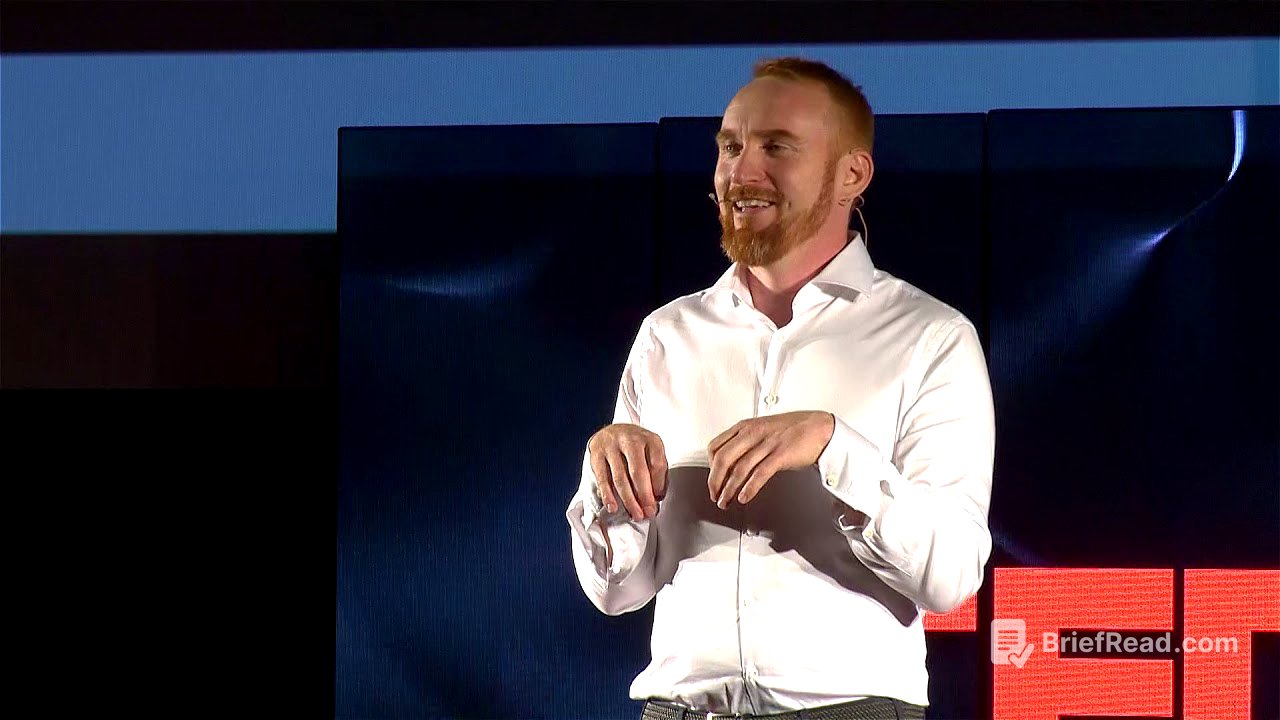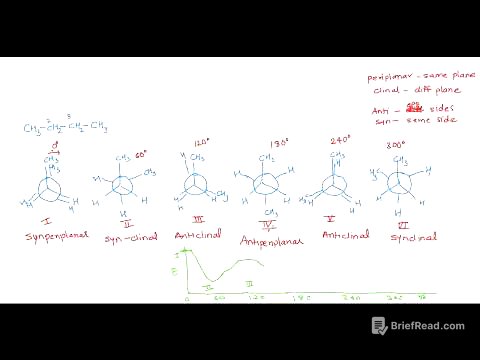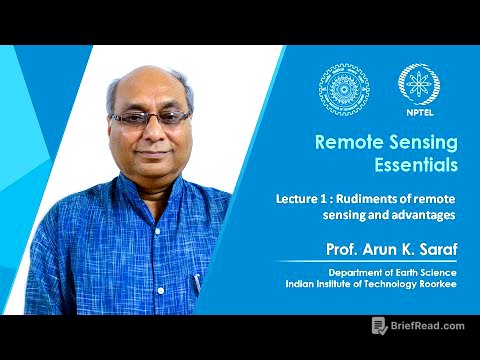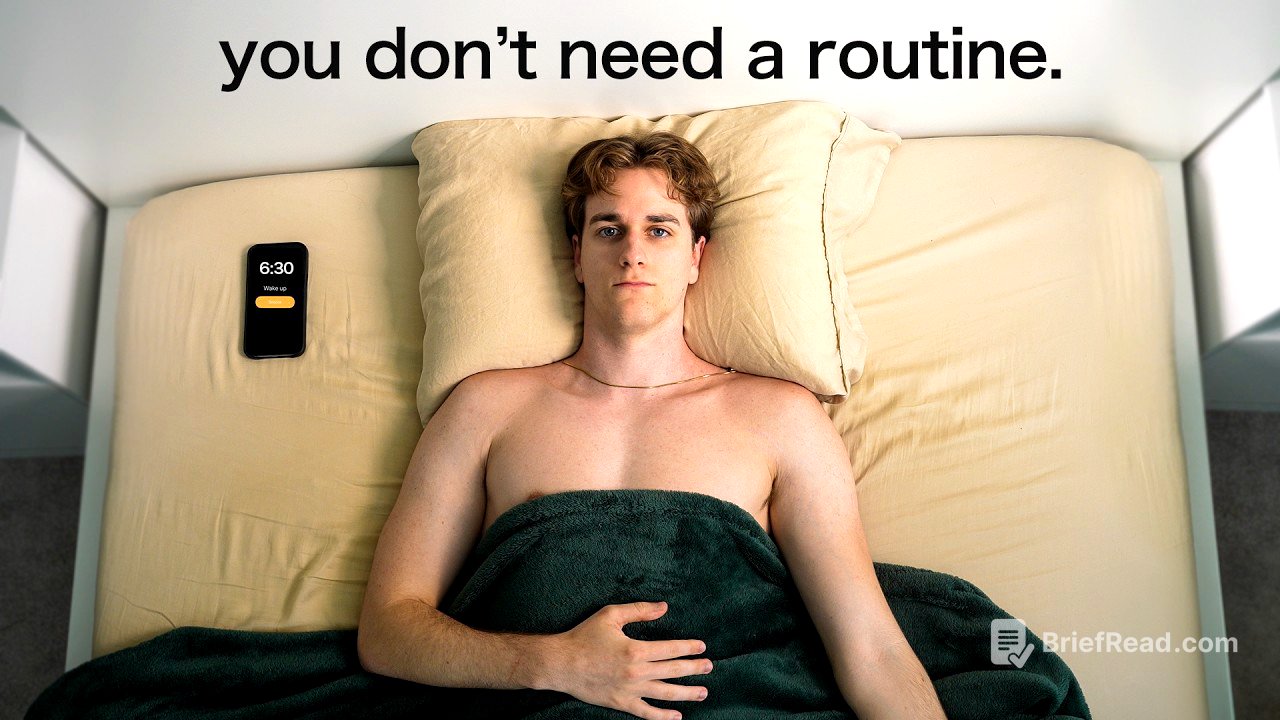TLDR;
This TEDx talk explores the core skills that differentiate good, great, and outstanding public speakers. Based on an analysis of 5,000 speakers, the talk identifies 110 core skills and focuses on the most impactful ones, including body language, pace, pauses, and the Duquesne smile. The speaker emphasizes that presentation skills are acquired, not innate, and provides practical tips and demonstrations to improve one's speaking abilities.
- Presentation skills are acquired, not innate talents.
- Body language and gestures should align with verbal communication.
- Varying pace and using pauses effectively can enhance audience engagement.
- Small skills, like the Duquesne smile, can significantly impact your presence and happiness.
Intro [0:05]
The speaker introduces his seven-year journey analyzing 5,000 public speakers worldwide to identify the core skills that distinguish good, great, and outstanding speakers. This research resulted in 110 core skills. He explains that mastering more of these skills equates to becoming a better speaker. Due to time constraints, he will focus on his favorite and most impactful skills, demonstrating how understanding these skills can transform a mediocre communicator into someone who commands attention and influences their audience effectively.
Body Language Skills [3:38]
The speaker begins with body language, specifically skills 34 and 69. Skill 34 involves avoiding closed body language, which signals discomfort or threat. He demonstrates common closed body language positions, such as the "fig leaf," "double bunny," and "T-Rex" positions, advising against them. Instead, he advocates for functional gesturing, using hand movements to emphasize points and illustrate concepts. He underscores the importance of aligning body language with verbal communication, demonstrating how conflicting signals can disrupt the message and audience perception.
Voice: Pace and Pauses [8:16]
The speaker transitions to voice modulation, focusing on pace and pauses. He demonstrates how varying pace can affect audience engagement, noting that a slower pace often signals importance. He emphasizes the power of pauses, illustrating how they create anticipation and allow the audience to process information. He contrasts effective pauses with filler words like "um," which diminish credibility and signal uncertainty.
Four Bonus Skills [12:20]
The speaker shares four bonus skills to further enhance public speaking: looking up to indicate thinking, audible inhaling to signal excitement, combining this with a Duquesne smile (smiling with both mouth and eyes), and self-laughter to increase anticipation. He elaborates on the Duquesne smile, citing studies that link it to increased happiness, contentment, and relaxation. He shares his personal journey of learning to Duchesne smile after realizing he didn't naturally exhibit it in photos, highlighting the transformative impact it had on his overall happiness.
Combination for Public Speaking [15:16]
The speaker concludes by presenting a combination of skills, likening it to a boxer's knockout strategy. He lists a sequence of skill numbers (34, 8, 69, etc.) to be used in combination. He expresses his hope that the audience has learned and feels inspired to become better public speakers, reinforcing the idea that anyone can achieve greatness through dedicated skill development.

![[EXPLAINED🍄] AI Agents vs. Workflows](https://wm-img.halpindev.com/p-briefread_c-10_b-10/urlb/aHR0cDovL2ltZy55b3V0dWJlLmNvbS92aS94cWNsOWRBQWtDMC9ocWRlZmF1bHQuanBn.jpg)







